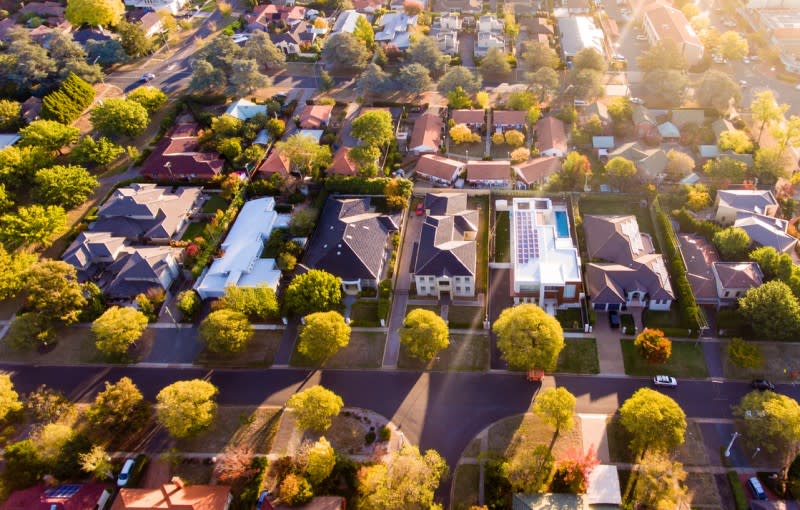Resources
Newsletter
Stay up to date and with the latest news, projects, deals and features.
Subscribe
Property industry groups have welcomed the federal opposition’s policy response to housing affordability ahead of the upcoming federal election on May 21.
A federal Labor government would deliver a $329-million help-to-buy scheme, providing 10,000 Australians with a government guarantee of up to 40 per cent on new homes or 30 per cent on existing homes with a two per cent deposit.
A doubling of foreign investment screening fees and financial penalties will bring in $445 million to fund the scheme which removes lenders mortgage insurance (LMI) and lowers mortgage repayments.
The help-to-buy scheme would allow homebuyers to buy back an additional stake in the home in five per cent increments.
No rent is required and homebuyers are responsible for stamp duty, fees and rates with a gross income limit of $90,000 for singles or $120,000 for couples.
Labor’s $12.1-million regional scheme sets a 5 per cent deposit and a 15 per cent government guarantee with before tax income limits at $125,000 for singles and $200,000 for couples.
Labor previously promised a $10-billion Future Fund, with investment returns paid out to the National Housing Finance and Investment Corporation (NHFIC).
The fund will help build 20,000 social and 10,000 affordable homes, with 4000 set aside for women and children fleeing domestic violence and older women at risk of homelessness.
It will also fund $200 million to repair and improve remote housing for First Nations people in Western Australia, the Northern Territory, Queensland and South Australia.

REIA president Hayden Groves said Labor’s help-to-buy and help-to-supply announcements were welcome.
“We applaud the commitment to develop a National Housing and Homelessness Plan which is badly needed for all parties to come to the table and identify innovative solutions to unlock supply,” Groves said.
“An evidence-based approach to a National Supply and Affordability Council with the right objective experts should provide a proper annual benchmark for Australia’s supply crunch.
“Based on the median first home buyer home loan of $459,256 this will generate around $4.5 billion each year in sales based on current market conditions.”
REIA reported housing affordability declines with loan repayments taking 37 per cent of homeowner income and first home buyer numbers falling to 34.1 per cent in December 2021, a decrease of 7.8 percentage points over the year.
HIA reported that 85 per cent of renters aspire to own a home and 42 per cent of renters believe it is possible.
HIA managing director Graham Wolfe said that the policy made housing a priority, unlocked land supply and supported home ownership.
“The proposed ‘Help to Buy’ shared equity scheme offers a sensible first step that mirrors existing schemes in Australian and overseas,” Wolfe said.
“As a small and targeted government backed scheme it offers the chance for low and moderate income households to achieve their dream of home ownership.
“Making housing supply a national priority simply makes sense.
“It will support individuals, businesses and the Australian economy in the years ahead.”
PCA chief executive Ken Morrison said the policy was a strong foundation for addressing the housing affordability crisis.
“Housing affordability needs to be a national priority and the Opposition’s commitments are very welcome, with the need to boost housing supply the key to helping more Australians into homes,” Morrison said.
“We welcome measures to help people get into the housing market and Help to Buy would be an important addition to the housing affordability schemes already in place.
“We note the proposed Help to Buy shared equity scheme is limited to 10,000 places a year and is therefore unlikely to distort housing markets or prices.
“We strongly welcome the proposed National Housing Supply and Affordability Council with its clear responsibility to collaborate on housing targets for each state and territory and advise on best practice solutions.”
The NHFIC predicted that housing construction would fall leaving, Australia 163,400 homes short of the forecasted demand in 2032.